Walking the 79-mile Dales Way: 'The Wharfe is full and raging; we’re getting worried messages as people hear about the mayhem'
Torrential rain swells the River Wharfe as Fiona Reynolds embarks on a 79-mile walk along the Dales Way, just one step ahead of the floods.
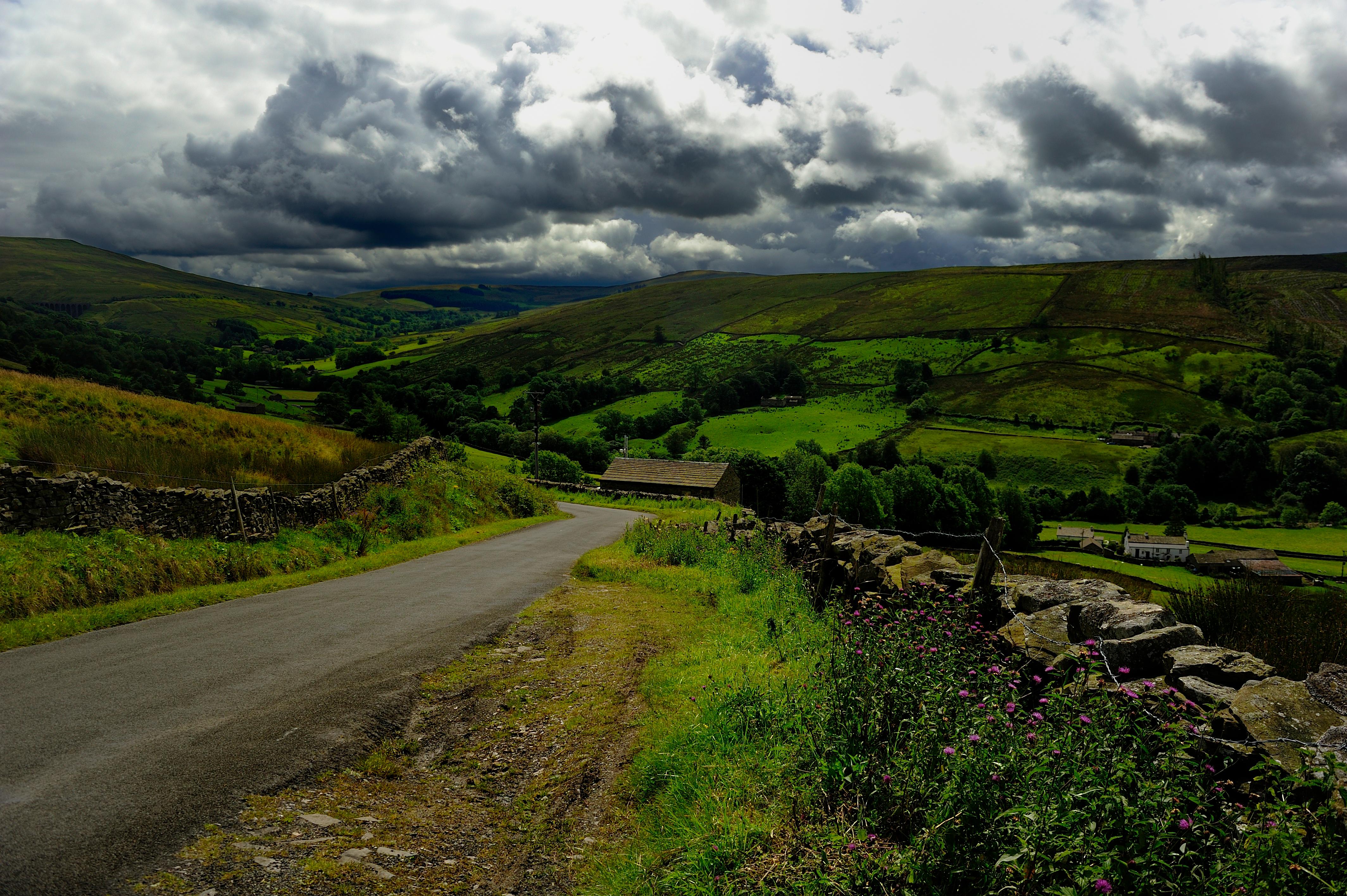

With unerring timing, we set off to walk the Dales Way just as deluges of rain forced the residents of Whaley Bridge to evacuate and washed away bridges in Swaledale and Wensleydale. We were lucky, however: after an initial soaking, we walked in the dry, enjoying rivers and waterfalls in unusual spate, but in no danger – and it’s a gorgeous walk.
The 79-mile Dales Way begins in Ilkley, North Yorkshire, and follows three rivers: the Wharfe (north), the Dee (east down Dent-dale) and, briefly, the beautiful Lune, before concluding in Bowness-on-Windermere, Cumbria. In Lower Wharfedale, the river is wide, bubbling with life and full of history. A century ago, mills lined its banks; today, they’ve been converted into delightful homes.
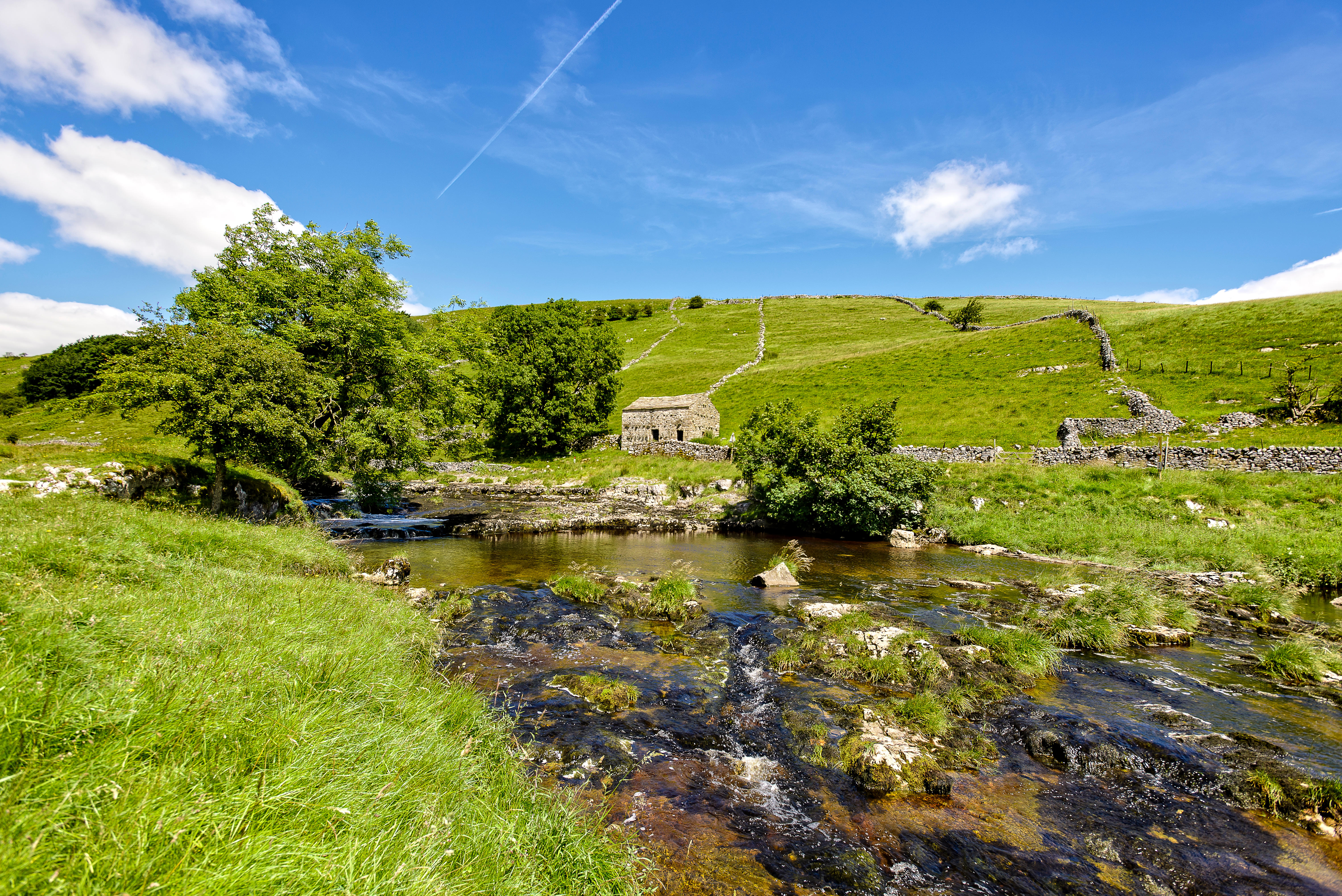
Unexpectedly soon, Bolton Abbey hoves into view, and we’re glad of a nice cup of York-shire tea. Walking north, the Strid, full of eerie childhood memories, is peaceable and sunlit, but, then, we’re suddenly drenched – and I mean drenched. We’re battered by rain that soaks us to the skin, until it eases and we walk into Bursnall wet, but no longer dripping, glad to be welcomed at The Red Lion.
The next morning, the Wharfe is full and raging – a totally different river from yesterday – and we’re receiving worried messages as people hear about the mayhem in the area.
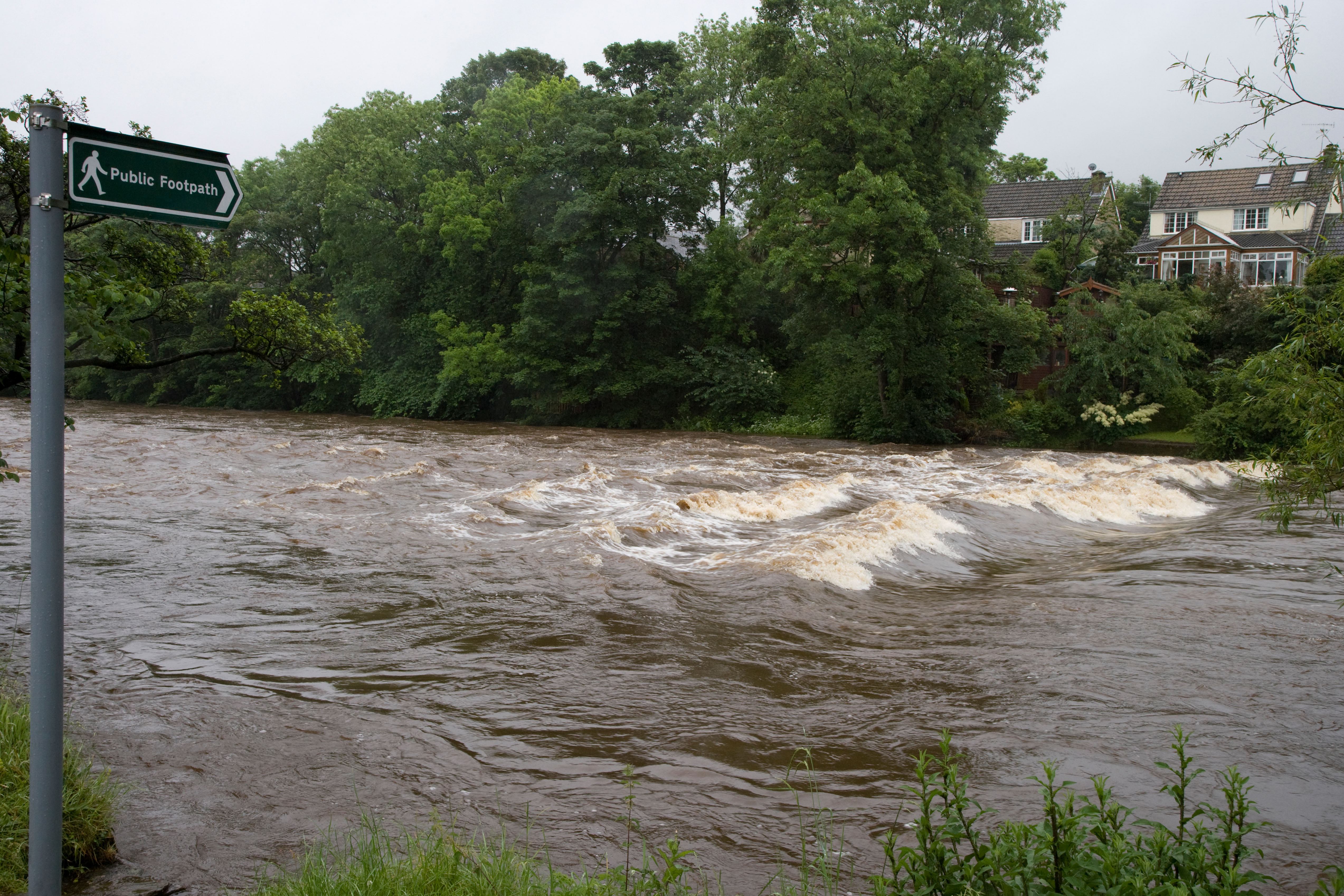
As we continue up the river, the sun struggles weakly out as we swing through Grassington. The next section is a treat: the route climbs above the valley among limestone pavements rich in wildflowers, ferns and ancient settlements, passing Kilnsey Crag (site of one of my early campaigns) before descending to Kettlewell. With only a smidge of rain to bother us, we follow the valley bottom to The George at Hubberholme.
Much of upper Wharfedale is owned by the National Trust, thanks to the Watson brothers, sons of Bradford mill owners. I knew Graham and send him renewed, heartfelt thanks.
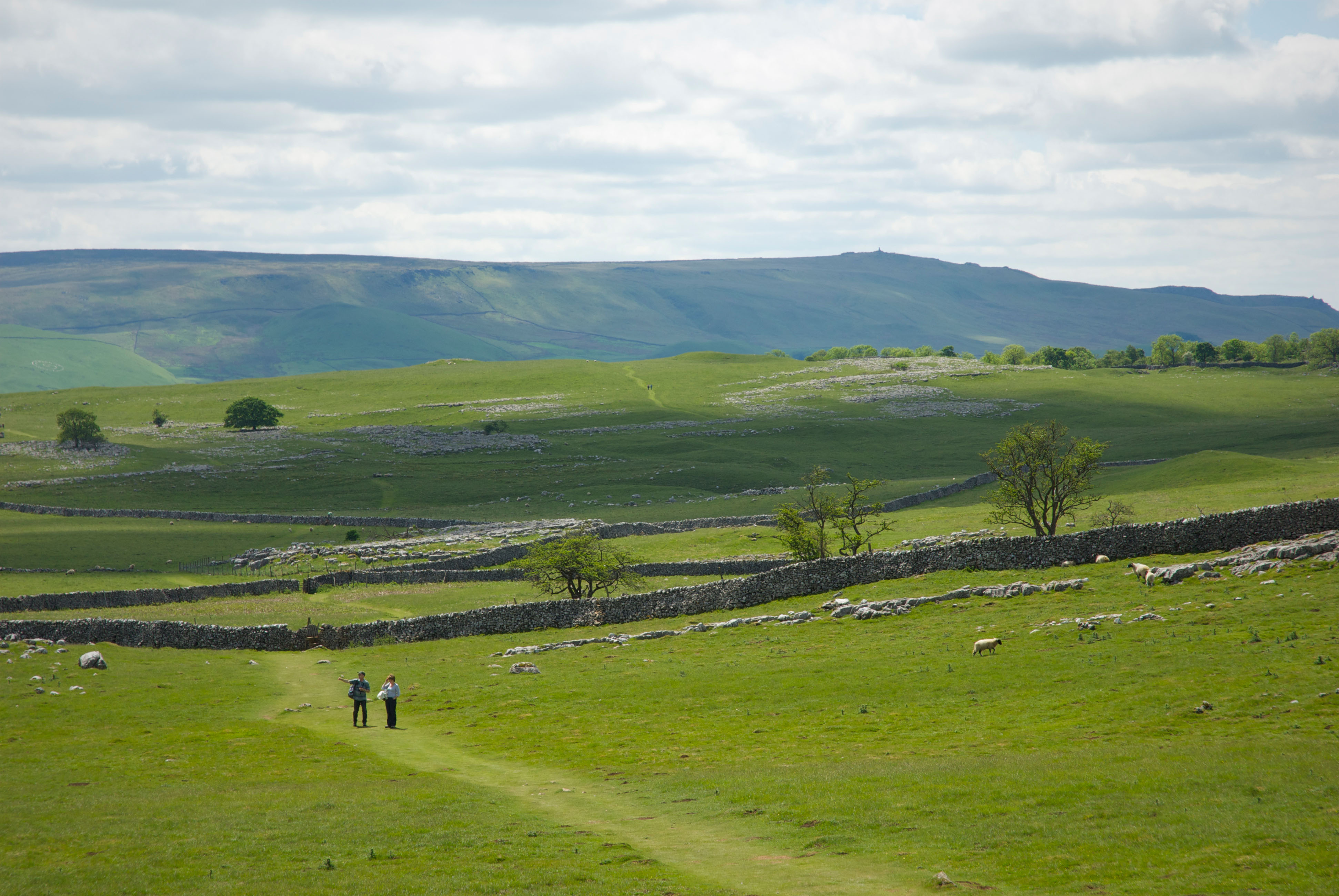
The next day is my favourite. We’ve left Wharfedale for Langstrothdale, a high, wide valley lined with flower-rich hay meadows, each with their barns. The sun is shining, bringing the meadows to life and sparkles to the lively, narrowing river. The settlements are little more than stone-built farms with evocative names: Yockenthwaite, Oughtershaw. They sit sturdily in the landscape, a match for any weather. We climb, past Nethergill and Cam Houses, until, at 1,600ft, we reach the watershed of England, before descending to the Station Inn at Ribblehead.
Sign up for the Country Life Newsletter
Exquisite houses, the beauty of Nature, and how to get the most from your life, straight to your inbox.
Day four takes us to Sedbergh: from Ribble-head over Black Rake to the top of Dentdale, where we follow the infant River Dee eastwards. Its steadily gathering pace is testament to the volume of water still pouring off the hills. It’s usually underground, but, today, we’re treated to bubbling torrents descending limestone steps through the meadows.
The dale’s heart is Dent itself, where we admire geologist Adam Sedgwick’s massive monument nearly as much as our fruit cake and cheese. At the mouth of the dale, our route takes a small step over the hill to Sedbergh and the welcoming Black Bull.
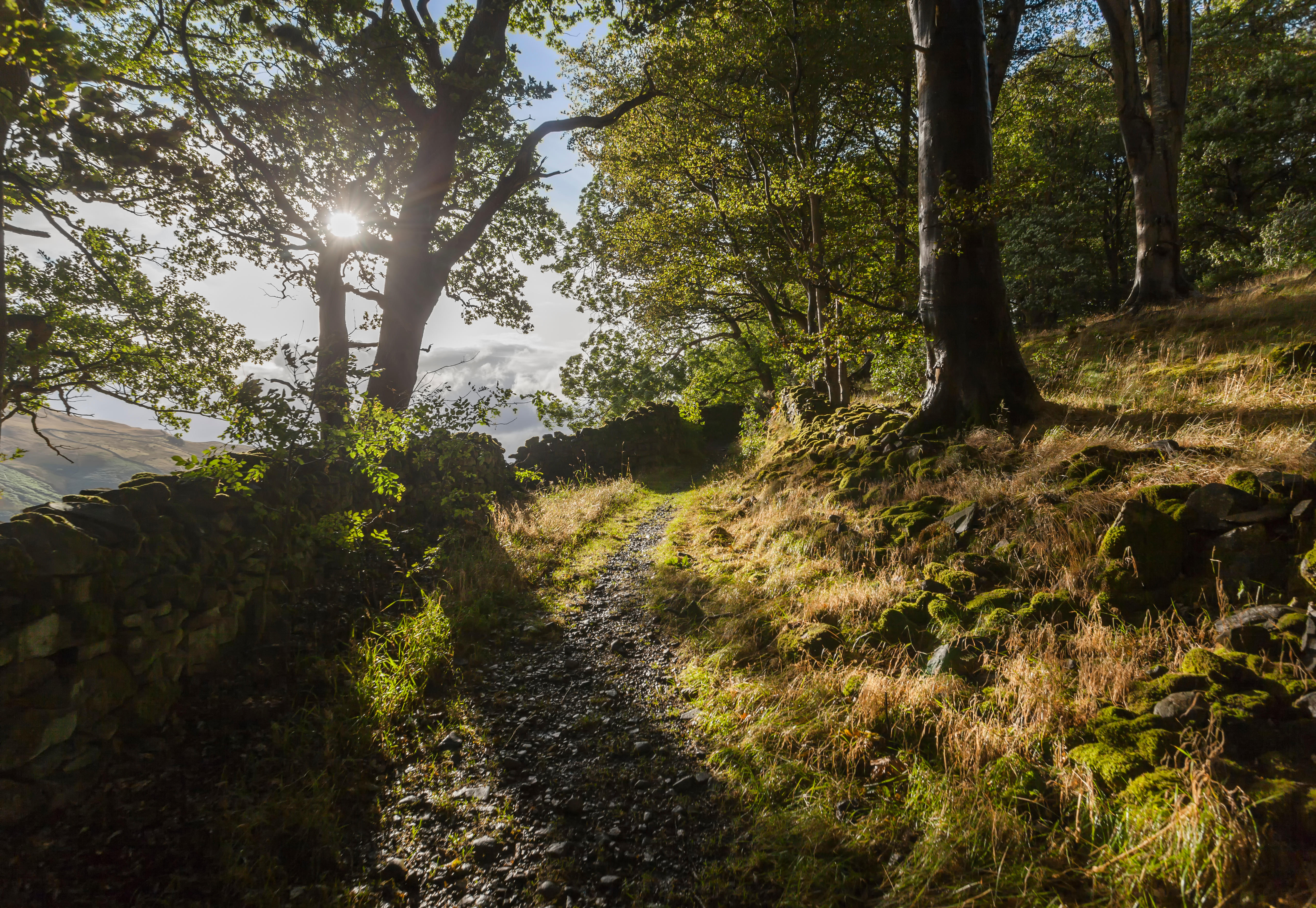
The Dales Way could have ended in Sedbergh, but its creators decided to extend it to the Lakes, as if in anticipation of the recent expansion of the Yorkshire Dales National Park to include the Howgill Fells. How wise they were, because our last two days (including a night in Burneside) take us through a little-known, charming landscape, up the magical River Lune, fringing the Howgills, across the M6, somewhat incongruously, and through the lovely South Lakes countryside to Bowness-on-Windermere.
Here, suddenly, and for the first time, are people – lots of them. Although we enjoyed our previous solitude, we’re puzzled it’s been so quiet. I hope I can encourage more people to try this lovely walk.
Fiona is the author of ‘The Fight for Beauty’ and master of Emanuel College, Cambridge. She walked the Dales Way courtesy of Shepherd’s Walks.
Fiona Reynolds is chair of the Food, Farming and Countryside Commission, the former director-general of the National Trust, former Master of Emmanuel College, Cambridge, and the author of The Fight for Beauty. Follow her on Twitter @fionacreynolds.
-
 Some of the finest landscapes in the North of England with a 12-bedroom home attached
Some of the finest landscapes in the North of England with a 12-bedroom home attachedUpper House in Derbyshire shows why the Kinder landscape was worth fighting for.
By James Fisher
-
 John Sutcliffe — The man, the myth and the paint-naming legend behind Dead Salmon and Elephant's Breath
John Sutcliffe — The man, the myth and the paint-naming legend behind Dead Salmon and Elephant's BreathBy Carla Passino